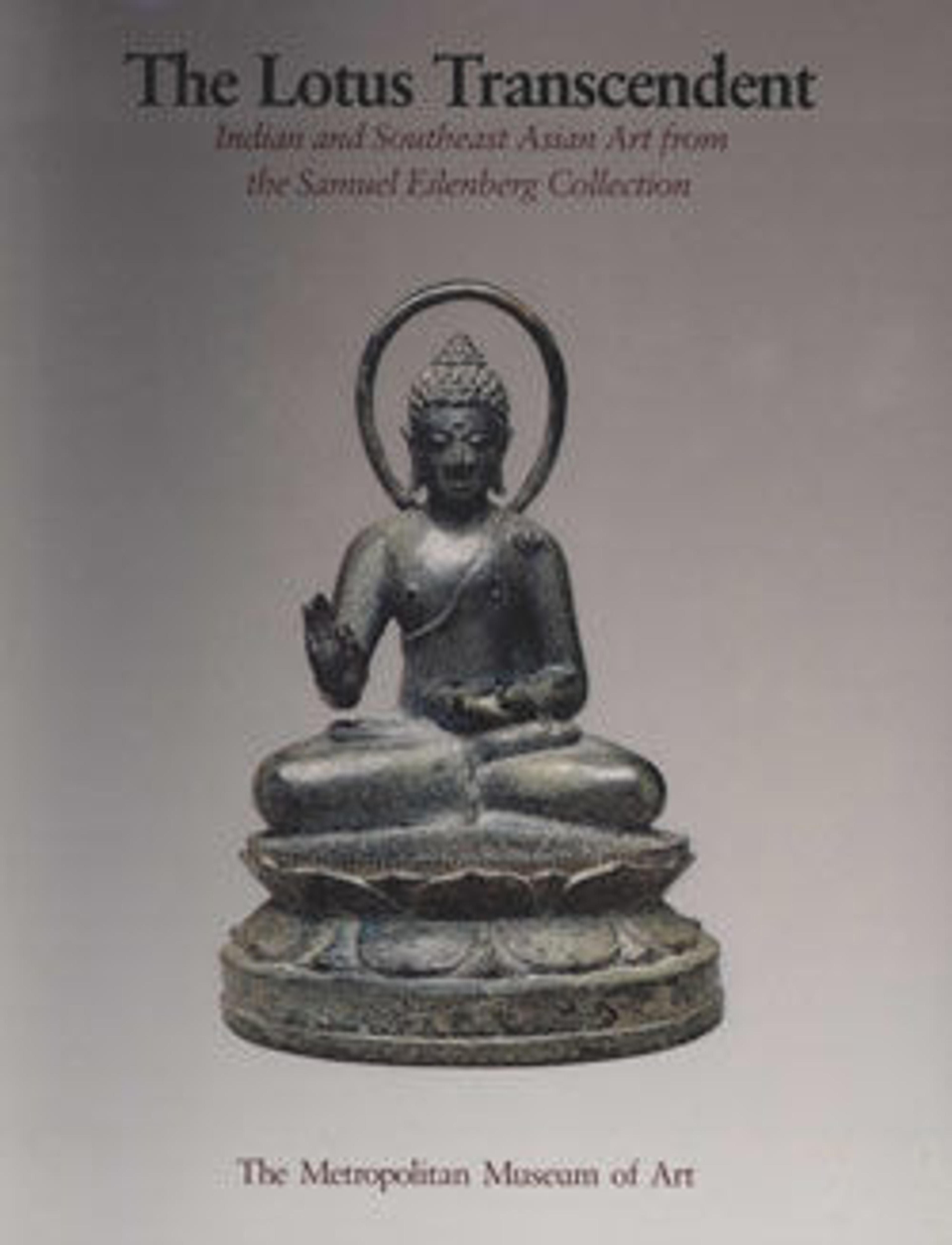Seated Male Deity Holding a Cuirass (Chest Armour)
Small sculptures such as these (1987.142.5, .7-.9) are now identified as images from a larger set that were used to create a three-dimensional mandala. Two complete mandalas of this type have been discovered in Indonesia, one in the village of Chandi Reja in 1913 and another more recently at Surucolo. Both groups are thought to represent a Diamond World or Vajradhatu Mandala, thereby linking these images to the traditions of East Asia in which mandalas of this type are also preserved.
Their small size indicates that these figures would once have been used to define the outer regions of a three-dimensional mandala. These Indonesia sculptures, bodhisattvas that function as attendant or retinue deities, have been linked to a commentary written in the reign of the Pala ruler Mahipala, sometime during the last quarter of the tenth and the first half of the eleventh century, but the precise textual basis for the mandalas they depict has not been identified. The style of the sculptures is characteristic of the art of East Java in the late tenth and eleventh centuries. The figures have long thin bodies with strong faces, and each wears carefully cast, beaded jewelry and a tall, mountain-shaped crown. The ornaments of each bodhisattva are different, as are the implements they hold in their hands.
Their small size indicates that these figures would once have been used to define the outer regions of a three-dimensional mandala. These Indonesia sculptures, bodhisattvas that function as attendant or retinue deities, have been linked to a commentary written in the reign of the Pala ruler Mahipala, sometime during the last quarter of the tenth and the first half of the eleventh century, but the precise textual basis for the mandalas they depict has not been identified. The style of the sculptures is characteristic of the art of East Java in the late tenth and eleventh centuries. The figures have long thin bodies with strong faces, and each wears carefully cast, beaded jewelry and a tall, mountain-shaped crown. The ornaments of each bodhisattva are different, as are the implements they hold in their hands.
Artwork Details
- Title: Seated Male Deity Holding a Cuirass (Chest Armour)
- Period: Eastern Javanese period
- Date: last quarter of the 10th–first half of the 11th century
- Culture: Indonesia (Java, Ngandjuk)
- Medium: Bronze
- Dimensions: H. 3 5/8 in. (9.2 cm)
- Classification: Sculpture
- Credit Line: Samuel Eilenberg Collection, Gift of Samuel Eilenberg, 1987
- Object Number: 1987.142.7
- Curatorial Department: Asian Art
More Artwork
Research Resources
The Met provides unparalleled resources for research and welcomes an international community of students and scholars. The Met's Open Access API is where creators and researchers can connect to the The Met collection. Open Access data and public domain images are available for unrestricted commercial and noncommercial use without permission or fee.
To request images under copyright and other restrictions, please use this Image Request form.
Feedback
We continue to research and examine historical and cultural context for objects in The Met collection. If you have comments or questions about this object record, please complete and submit this form. The Museum looks forward to receiving your comments.
